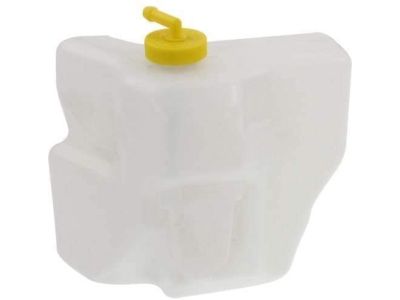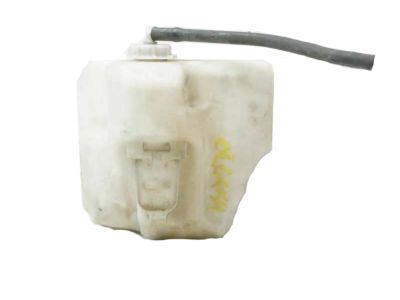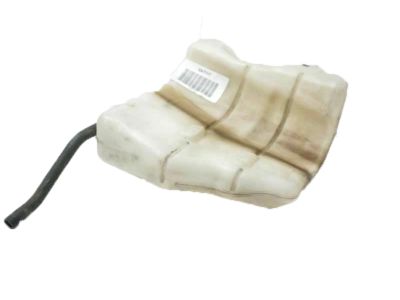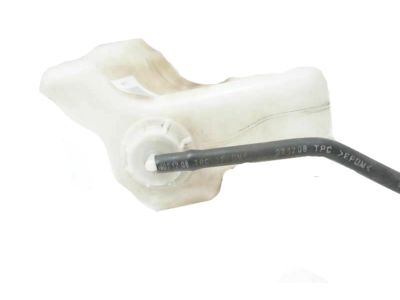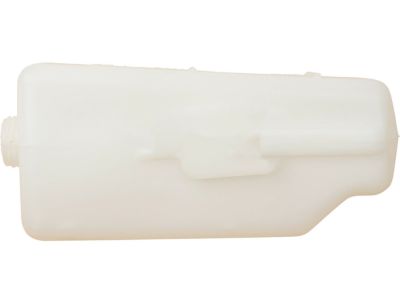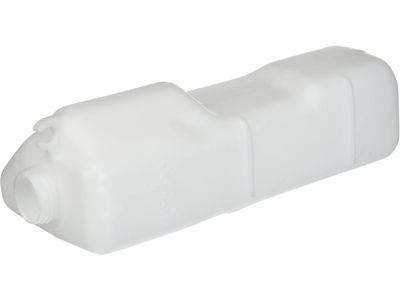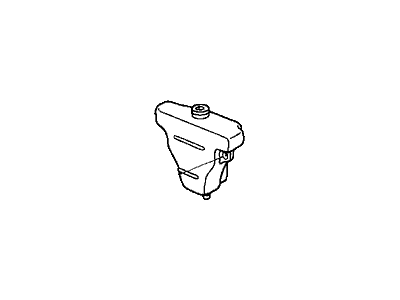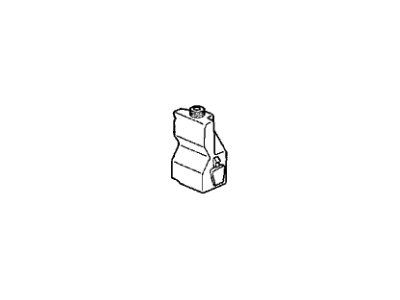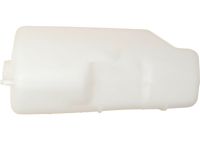×
- Hello
- Login or Register
- Quick Links
- Live Chat
- Track Order
- Parts Availability
- RMA
- Help Center
- Contact Us
- Shop for
- Acura Parts
- Acura Accessories

My Garage
My Account
Cart
Genuine Acura TL Coolant Reservoir
Coolant Tank Reservoir- Select Vehicle by Model
- Select Vehicle by VIN
Select Vehicle by Model
orMake
Model
Year
Select Vehicle by VIN
For the most accurate results, select vehicle by your VIN (Vehicle Identification Number).
5 Coolant Reservoirs found

Acura TL Coolant Reservoir Bottle
Part Number: 19101-RK1-A00$30.53 MSRP: $42.58You Save: $12.05 (29%)Ships in 1-2 Business Days
Acura TL Reserve Tank
Part Number: 19101-P8E-A01$53.41 MSRP: $92.32You Save: $38.91 (43%)Ships in 1-2 Business DaysAcura TL Radiator Coolant Overflow Tank Fits
Part Number: 19101-RCA-A00$29.46 MSRP: $41.08You Save: $11.62 (29%)Ships in 1-3 Business Days
Acura TL Coolant Reservoir
The Acura TL Coolant Reservoir is another vital part of the car's cooling system and is usually known as the coolant recovery tank since it is meant to store some of the coolants that may spill off to avoid dilution of coolants by air. There are two main types of coolant reservoirs used in Acura TL vehicles: are two types namely the overflow tank systems, and the expansion tank systems. For the overflow system, one only needs a tiny plastic cap provided on the tank when managing the system For the expansion system, one needs a pressure cap which is installed directly on the tank. Each system serves to allow the proper coolant levels and not allow air to create problems with the cooling system. It is advised that coolant recovery tank should be checked from time to time in order to check its efficiency and reliability for cooling of the engine.
We provide a broad range of OEM Acura TL Coolant Reservoir at unbeatable prices on our website. For your OEM parts, You can count on the guaranteed quality, manufacturer's warranty, outstanding customer service, and prompt delivery. We look forward to your visit.
Acura TL Coolant Reservoir Parts Questions & Experts Answers
- Q: How Do You Remove and Install the Coolant Reservoir on Acura TL?A:To address potential cooling system issues, start by troubleshooting if the engine overheats and the cooling fan isn't functioning. To test the fan motor, disconnect its electrical connector and use jumper wires to connect it directly to the battery and ground. Replace the motor if it doesn't work. This applies to both fans in these models. If the radiator fan motor is fine but doesn't engage when the engine heats up, consider defective fan relay(s). Locate fan relays in the engine compartment fuse/relay box, noting an additional small relay box in the area behind the condenser fan for 2007 and later models. Test the relays and, if they're functional, proceed to test the radiator fan switches. For 2003 and earlier models, utilize fan switches; for later models, Engine Coolant Temperature (ECT) sensors replace the switches. The switches, controlling fan operation based on temperature, can be tested with an ohmmeter to detect continuity at specific temperatures. If relay(s) and fan switch check out, inspect wiring and connections to the fan motors, seeking professional repair if necessary. For replacement, disconnect the battery, raise the vehicle, remove the lower splash shield, and drain the cooling system if needed. Proceed by removing the radiator cover, coolant reservoir, and upper radiator hose. If working on the air conditioning condenser fan (right side), disconnect the reservoir hose, remove the mounting bolt for 2004 and later models, and lift the reservoir out for cleaning or replacement if cracked. Install the reservoir in reverse order.
Related Acura TL Parts
Browse by Year
2014 Coolant Reservoir 2013 Coolant Reservoir 2012 Coolant Reservoir 2011 Coolant Reservoir 2010 Coolant Reservoir 2009 Coolant Reservoir 2008 Coolant Reservoir 2007 Coolant Reservoir 2006 Coolant Reservoir 2005 Coolant Reservoir 2004 Coolant Reservoir 2003 Coolant Reservoir 2002 Coolant Reservoir 2001 Coolant Reservoir 2000 Coolant Reservoir 1999 Coolant Reservoir 1998 Coolant Reservoir 1997 Coolant Reservoir 1996 Coolant Reservoir 1995 Coolant Reservoir
